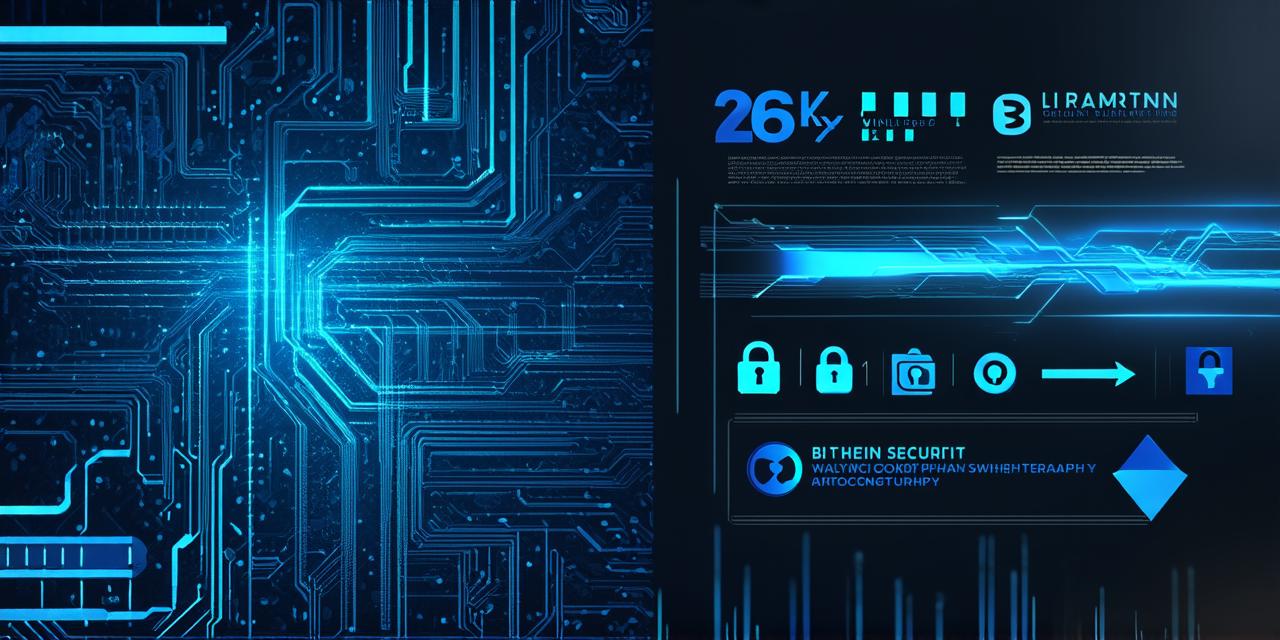Blockchain technology is revolutionizing the way we store and transfer data, making it more secure and transparent. One of the key features of blockchain is that once data is added to the chain, it cannot be altered or deleted. This is achieved through a consensus mechanism, where multiple nodes in the network must agree on the validity of the data before it can be added to the chain.
Understanding the consensus mechanism
The consensus mechanism is the process by which multiple nodes in a network agree on the validity of a transaction or piece of data before it can be added to the chain. There are several different types of consensus mechanisms, including proof-of-work, proof-of-stake, and delegated proof-of-stake.
Proof-of-work is the most widely used consensus mechanism in blockchain technology. In this process, nodes in the network compete to solve a complex mathematical problem, which requires significant computational power. Once a node solves the problem, it is added to the chain and rewarded with cryptocurrency. This process ensures that only legitimate transactions are added to the chain, as it requires significant resources to validate them.
Proof-of-stake, on the other hand, does not require nodes to compete to solve complex mathematical problems. Instead, nodes in the network are chosen to validate transactions based on the amount of cryptocurrency they hold. This process is more energy-efficient than proof-of-work and can be faster, as there is no need for nodes to compete to solve a problem.
Delegated proof-of-stake is a hybrid consensus mechanism that combines elements of both proof-of-work and proof-of-stake. In this process, nodes in the network are elected to validate transactions by other nodes based on their reputation and performance in previous validations. This process ensures that only trusted nodes are chosen to validate transactions and prevents fraudulent activity from being added to the chain.
How data is locked on a blockchain
Once a block of data has been validated by the consensus mechanism, it is added to the blockchain. Each block in the chain contains a reference to the previous block, creating a chain of blocks that cannot be altered or deleted. This ensures that data on a blockchain is secure and tamper-proof.
For example, let’s say Alice wants to transfer $100 to Bob using a blockchain-based payment system. She creates a transaction requesting the transfer and sends it to the network. The transaction is then validated by the consensus mechanism, which checks that Alice has enough funds in her account and that Bob’s account is not already overdrawn. Once the transaction is validated, it is added to the blockchain and Bob’s account is updated to reflect the transfer.
Real-life examples of locked data on a blockchain
Blockchain technology has been used in various industries to secure data and prevent fraud. Here are some real-life examples:
- Supply chain management: Blockchain technology can be used to track products from the point of origin to the end consumer, ensuring that they are authentic and have not been tampered with. This is particularly useful for luxury goods and high-value items where counterfeiting is a common problem.
- Voting systems: Blockchain technology can be used to create secure and transparent voting systems, where each vote is recorded on a blockchain and cannot be altered or deleted. This ensures that the election results are trustworthy and cannot be manipulated.
- Identity verification: Blockchain technology can be used to create decentralized identity verification systems, where individuals control their own identities and can share them with others as needed. This ensures that personal data is not misused or stolen and reduces the risk of identity theft.
- Healthcare: Blockchain technology can be used to secure medical records and ensure that they are only accessible to authorized parties.

